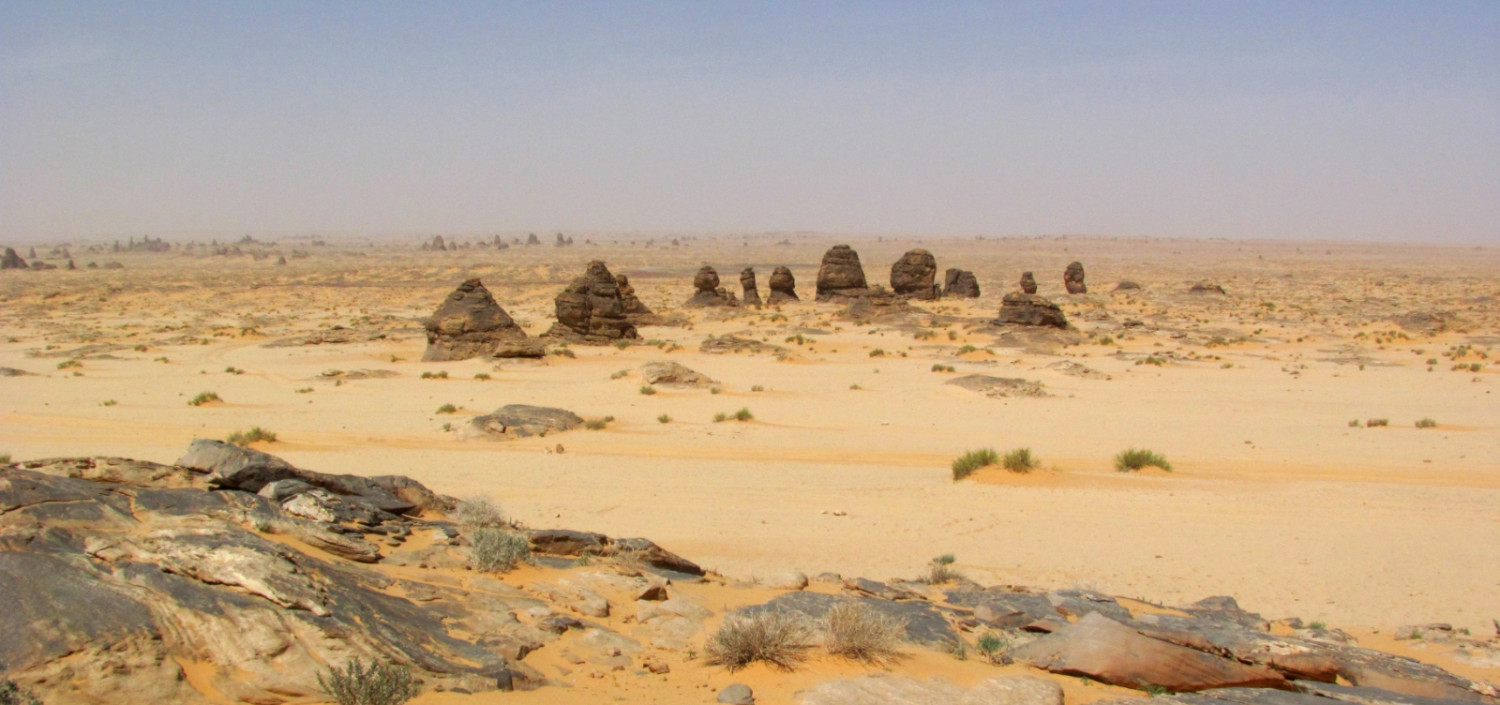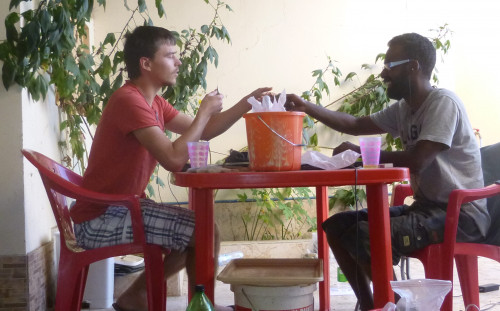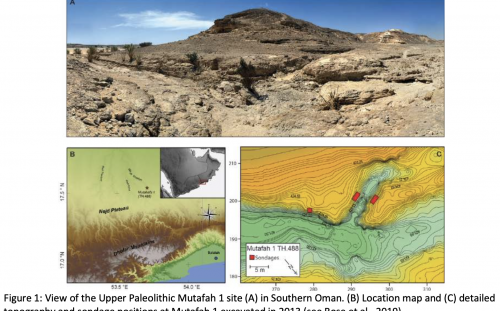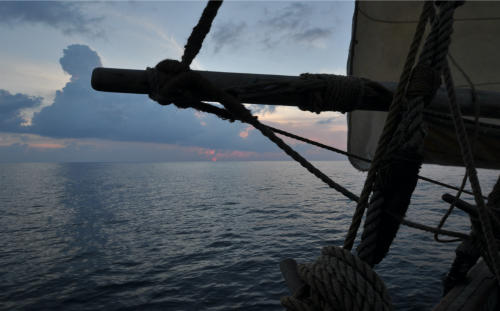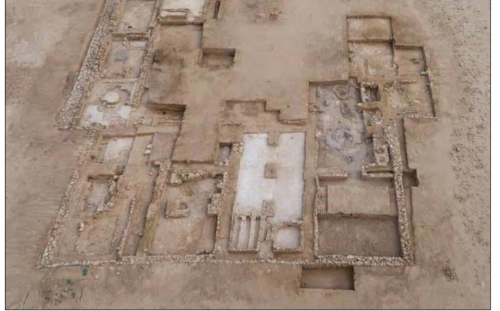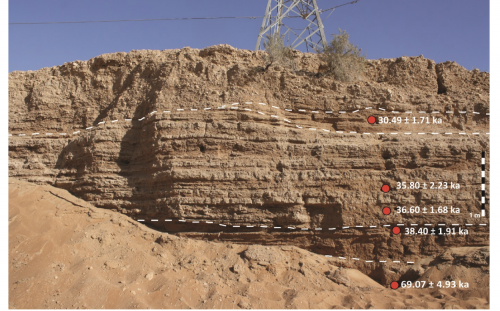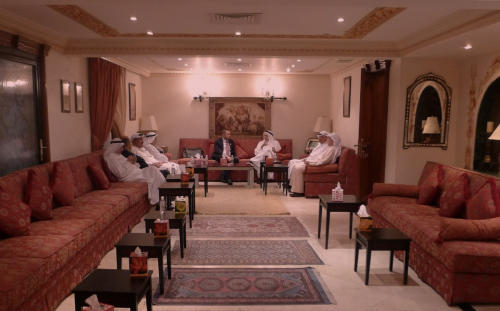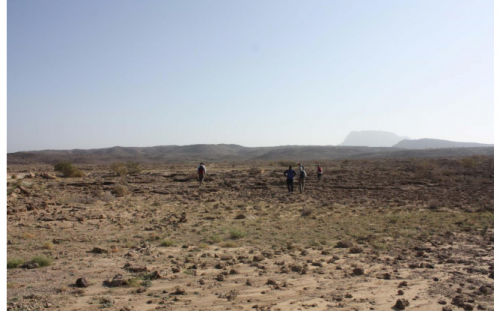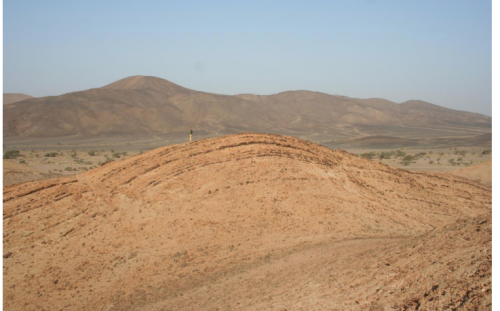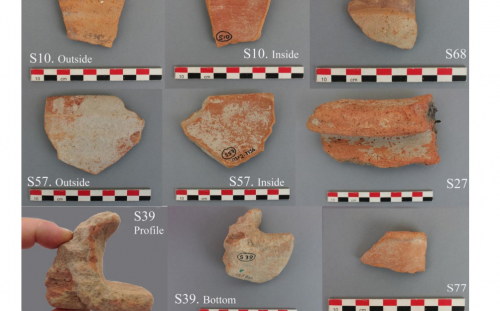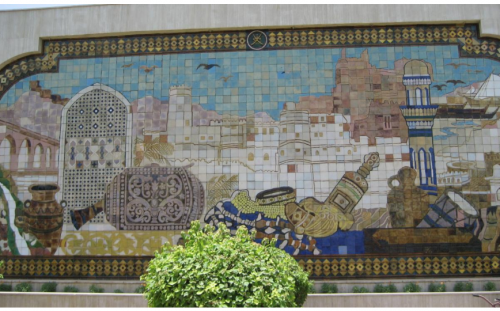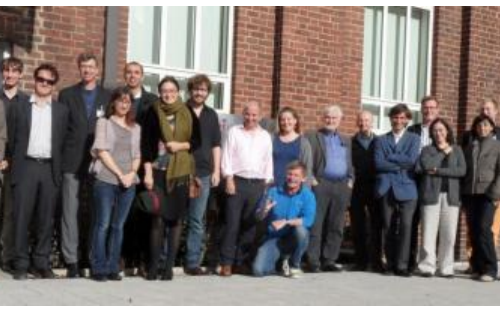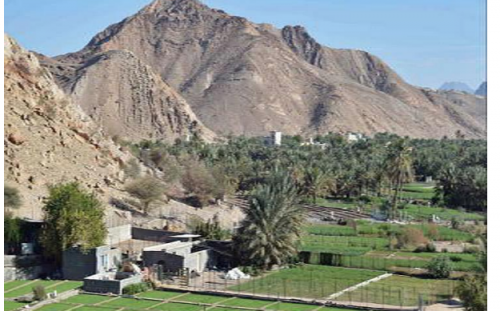Archive
Recent research
Follow us
Lipid residue analysis of Early Bronze Age pottery in south-eastern Arabia
The direct detection of organic products in Early Bronze Age pottery demonstrates the value of applying biomolecular methods for examining connections between material culture and dietary practices in the archaeology of Arabia. Combined with other bioarchaeological approaches, such methods can facilitate an exciting new understanding about ancient foodways, culinary practice and vessel use in the region....
Wadi al Jizzi Archaeological Project Study Season 2019
After five seasons of fieldwork we felt it was the time to consolidate our knowledge of the surface archaeology and to prepare for publication of the results...
Traceological analysis of Paleolithic backed points from Dhofar: insights into South Arabian projectile technology
Projectile technology refers to launched weapons propelled by physical strength, that may have its range and speed augmented…...
Ships’ Timbers from the Islamic Site of Al Baleed: a case study of sewn-plank technology in the Indian Ocean
The sewn-plank ships that sailed the Indian Ocean in the pre-modern Islamic period were agents of trade but were also instrumental in…...
Construction techniques and daily life: metal materials from the monastic settlement of al-Qusur, Failaka Island (Kuwait)
The monastic settlement of al-Qusur was located in the middle of Failaka Island over a vast area (2,80 x 1,60 km).The discovery of different…...
A Chronological Investigation of Palaeoenvironmental Change in Wadi Iddayyah, UAE
The Arabian Peninsula is now recognised as an important geographical location with respect to early human demography (Parker, 2009; Armitage et al., 2011; Groucutt et al., 2015)…...
The Diwaniyya in Urban Kuwaiti Society: A Reflection of Socio-Spatial and Diplomatic Realities
The diwaniyya is a well-embedded aspect of Kuwaiti culture. Imbued with tribal customs of the past, and taking up communal functions…...
“Writing down the coast”: cultural landscapes of maritime violence in British hydrography of the Persian Gulf 1700–1850
This project uses the coastal views, charts and sketches produced by British mariners in the Persian Gulf over the eighteenth and early nineteenth centuries to observe changes in watercraft and the cultural landscapes of organised violence. ...
Early Stone Age Activity and Environment at Wadi Dabsa, SW Saudi Arabia
At the crossroads between Africa and Eurasia, Arabia is crucial to understanding global Pleistocene hominin dispersals (Groucutt et al., 2015), yet its rich Early Stone Age (ESA) record is patchily understood. ...
Networking Magan: Investigating the Political Economy of the Omani Interior in the Third Millennium BC
The Mapping Magan archaeological survey is working to understand how prehistoric archaeological remains in the area surrounding the UNESCO World Heritage Site of Bat, Oman...
Petrographic and chemical analyses of Pottery from Masafi
The Arabian Peninsula is now recognised as an important geographical location with respect to early human demography (Parker, 2009; Armitage et al., 2011; Groucutt et al., 2015)…...
Imbibing the Past, Living the Modern: The Politics of Time in the Sultanate of Oman
Since its inception as a nation state in 1970, material forms in the Sultanate of Oman - ranging from old mosques and shari’a manuscripts to restored forts now museumified, national symbols such as the coffee pot or the dagger...
The Qanāt Archaeology and Environment workshop – Durham University
Between October 17th and 19th, 2014 the workshop The Qanāt: Archaeology and Environment was held at the Department of Archaeology, Durham University...
The DISPERSE-Project at the University of York
I am a PhD student in the DISPERSE-Project at the University of York. One of the project’s main aims is to analyse the coastal settlements in Arabia...
Using L-Band Synthetic Aperture Radar to detect subsurface archaeological remains
The aim of my PhD research is to ascertain whether the new ALOS-2 Synthetic Aperture Radar (SAR) satellite imagery will be able to identify ...
Establishing a chronology for Holocene climate and environmental change from Mleiha, Sharjah, United Arab Emirates
The Holocene epoch has also been punctuated by a series of abrupt climatic events with several phases of hyper-aridity, which have coincided with changes observed in the archaeological record...
Historical Archaeology in the mudbrick village of Bat
The BFSA kindly awarded me a grant at the end of 2013 which enabled me to visit Oman in early 2014 in order to carry out an investigative season for a new historical archaeology project...

